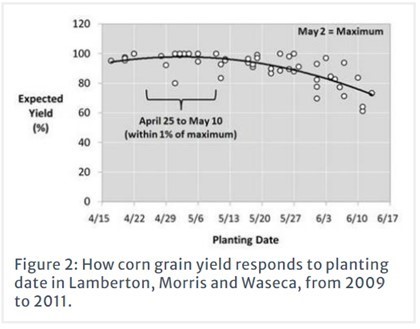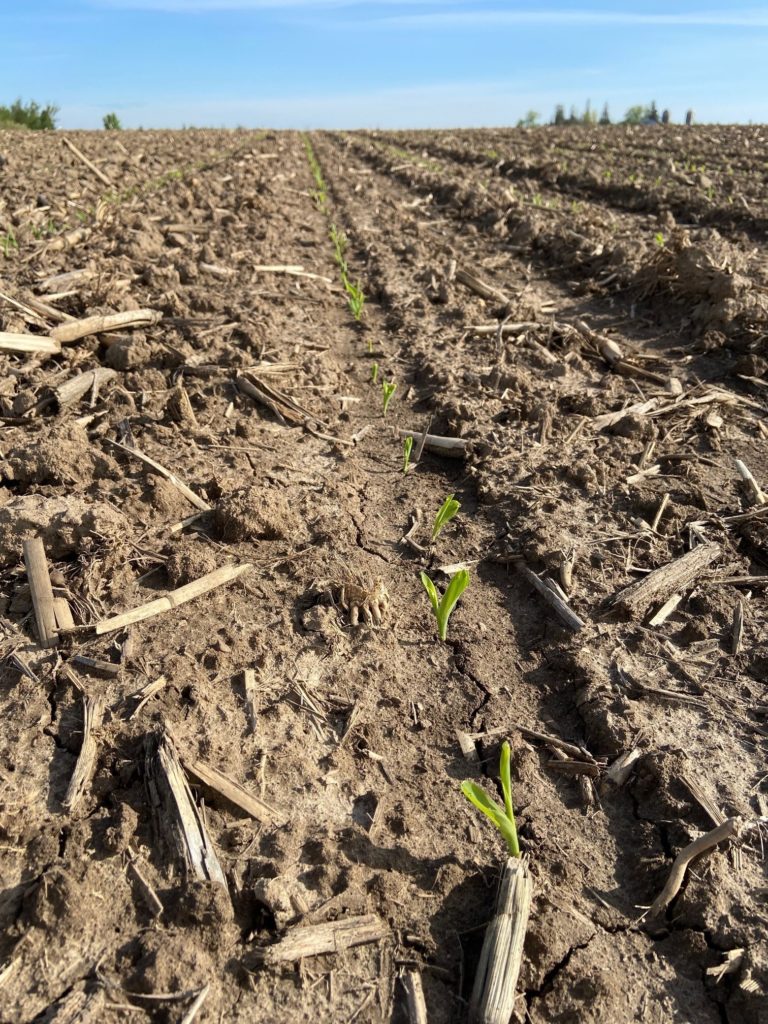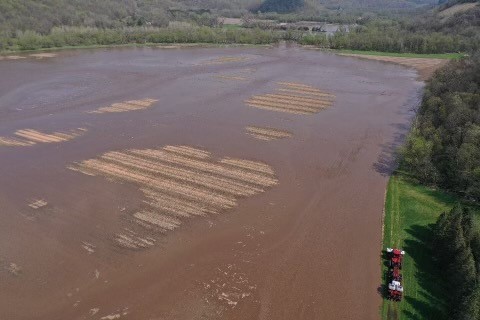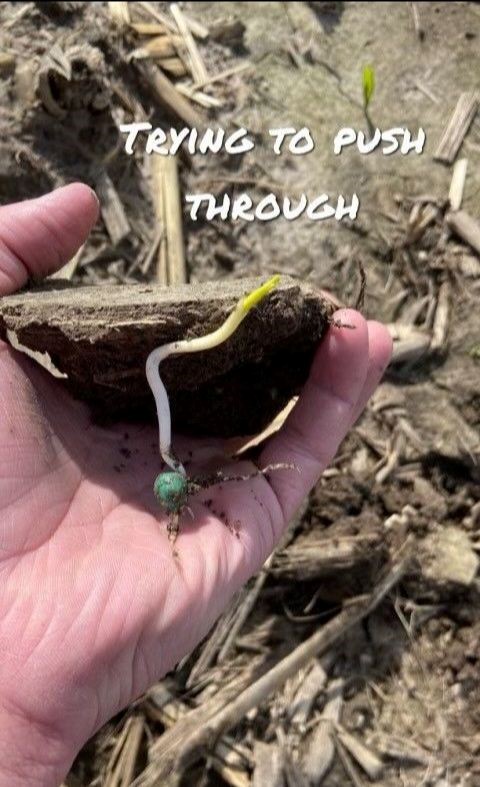The one-stop-shop to hearing everything you need to know this week about what is happening in your fields.
This week’s featured agronomists are:
Scroll down to hear from your local agronomist.
WEST
Belle Plaine – LeCenter – LeSueur
 Jake Heitshusen
Jake Heitshusen
Here on the western side of the Ag Partners territory we are beginning to wrap up preplant fertilizer season- the urea pile in the bin is getting smaller by the day. Corn and soybeans are both starting to poke out of ground. Preplant chemical applications on corn and beans are going strong, with the weeds coming right along with it. Just like any other year, make sure to be on top of the weeds and get your pre-emergent chemicals down to ensure control until post emerge chemical timing. Even with the quick emergence this year we have options to get a residual down if the crop gets out of the ground before a pre is down. Contact your local Ag Partners agronomist to discuss possible options.

EAST
Pine Island – Cannon Falls -Goodhue -Lake City
 John Goosens
John Goosens
A few unanticipated situations have given us more to talk about while we try to finish planting this year’s crop. Back in April we had lower subsoil moisture levels and little snow cover, leading us to believe we might have an early and dry spring. May proved that to be wrong. High winds, tornados, hail, rains, more rain, and rain again left us wondering; Do I need to drop corn maturity? Do I need to rotary hoe?
A rain Tuesday night should help with corn emergence on the fields that had issues. A little moisture has gone a long way to soften the little crusting we saw around the Goodhue area. Coleoptiles should be able to push through now. I saw a lot of corn fields that popped through overnight on my way in Wednesday morning. Emergence has been looking great, a relief after the waiting and spotty-ness we went through in 2021.

According to the University of Minnesota, we have until between the 22-25th of May before we need to consider dropping to a corn hybrid 5-7 relative maturity days earlier than originally planned. Even though we see yield potential start to drop after mid-May (92-94% of maximum by May 20th, 87-92% of maximum by May 25th), it is still advantageous to stick with your original hybrid until after the 25th. The potential yield loss from prematurely lowering RM outweighs its benefits. Corn shows to need less GDU’s per day when planted after May 1st.
CENTRAL
Morristown – Wanamingo – Kenyon
 Tanner Borgschatz
Tanner Borgschatz
With the nice weather the last few days, much of the corn and early planted soybeans are coming out of the ground much quicker than last year. So far it seems in our area we have not seen many major emergence issues with crusting. As most people are getting close to finishing planting, now is a good time to evaluate the difference in emergence between hybrids as well as evaluating planter performance to see if any changes might be necessary for next year. Ideally all corn plants should emerge within 24 hours to reduce potential yield loss. Plants that emerge more than 48 hours later can potentially have a yield reduction of 70% or more compared to it’s neighboring plants but from what I’ve seen so far, emergence appears to be very good.

SOUTH
Elgin – Lewiston – Stewartville
 Larry Veith
Larry Veith
For many in the area, planting season 2022 is wrapping up or will be shortly. It is important to stay on top of your crops’ progress all season, but especially in its’ infancy. Scouting your fields after planting and emergence allows you to make management decisions for possible rotary hoeing or replant, as well as future seed and treatment options.
If you have any questions, concerns, or just need another set of eyes, please call.
WWAS
Ellsworth
 Brady Kinneman
Brady Kinneman
This week at WWAS we have been very busy. Fertilizer is slowly dwindling while spraying picks up very quick. Over the last week parts of our territory were hit with downpours which caused flooding in the Rush River Valley. We will be scouting fields that were planted in the valley to assess if they need to be replanted. Seeds can survive under water for 48 hours.

Our first fields planted are out of the ground and we are evaluating stands. Those pounding rains followed by hot temperatures left a ¼ inch crust that is making it a challenge for our seedlings that are emerging. Crops planted only 5 days ago also took advantage of the warm weather and will be coming out of the ground very soon. Hate to say it because we don’t need any moisture for the growers who are trying to finish planting but for the emerging crops, the rain would help. Hope everyone is having a great week!
 |
 |



